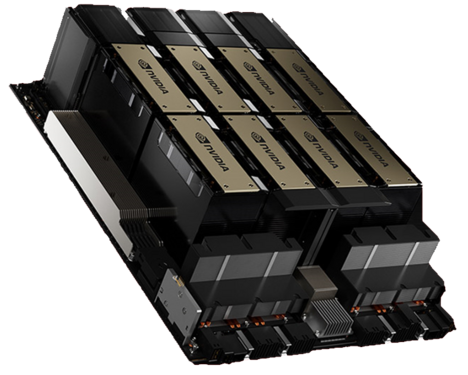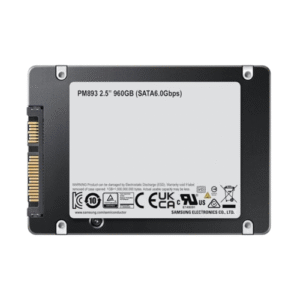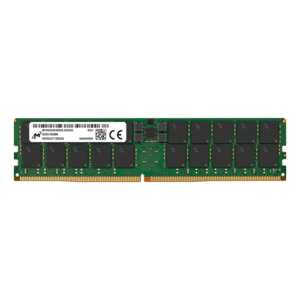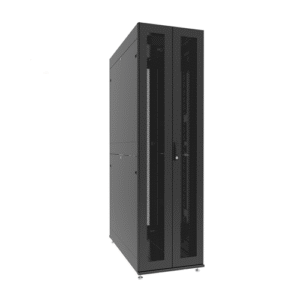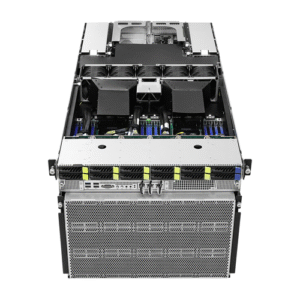Description
NVIDIA’s products feature high-performance graphics cards tailored for both rackmount servers and powerful workstations. These professional-grade graphics cards offer substantial memory and specialized drivers designed for applications such as CAD, remote collaboration, virtual desktops, 3D visualization, rendering, and machine learning. Unlike desktop graphics cards, these are optimized for efficiency, often ensuring lower power consumption.
Specifications and Key Features
- Graphics Engine: Hopper
- Theoretical Performance: 268 TFLOPS
- Graphics Memory: 640 GB
- Memory Type: HBM2 (High Bandwidth Memory)
- CUDA Technology: Available (Allows powerful computational tasks through parallel processing)
- Number of Stream Processors: 135,168
- Number of Tensor Cores: 535
- Cooling Type: Passive (Utilizes optimized airflow for cooling without moving components)
- Interface: PCI-E 5.0 16x (Modern, high-speed interface)
- Power Consumption: 5600W
Graphics Memory (VRAM):
This type of memory is primarily GDDR (Graphics Double Data Rate), which offers enhanced performance through fast data transfer. The VRAM’s higher throughput and data transfer rates allow the graphics card to buffer and pass data rapidly to the processor.
CUDA Technology:
CUDA (Compute Unified Device Architecture) enables users to harness the raw power of the GPU for specific calculations. With a significantly larger number of cores, CUDA accelerates tasks that would otherwise be limited by a traditional CPU.
Passive Cooling:
This system relies on natural airflow for cooling, ensuring that the card operates efficiently without any moving parts. Passive cooling is especially beneficial for powerful graphics cards used in server environments, where minimizing noise and mechanical wear is critical.
PCI Express:
PCI-E 5.0 16x provides a high-speed data transfer interface, enabling the card to operate at maximum performance. The latest PCI Express generation offers 2 Gb/s per lane, ensuring that large amounts of data are processed swiftly, which is crucial for demanding applications like machine learning or 3D rendering.

